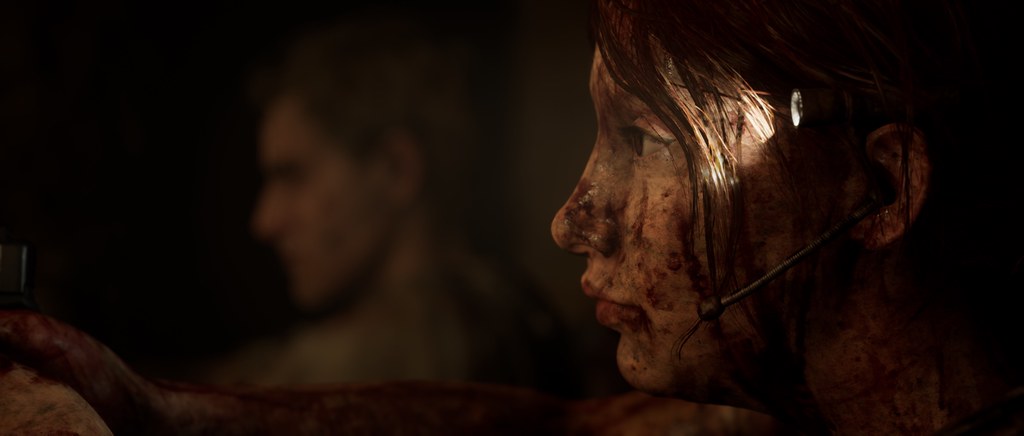
[ad_1]
Welcome to another blog about our forthcoming game—House of Ashes! I’m Will Doyle and I’m a game director here at Supermassive Games. Today I am going to talk to you about monsters and what they mean in our game.
House of Ashes takes place at the close of the Iraq war in 2003. High in the Zagros Mountains, an elite military unit searching for chemical weapons comes under fire from holdout Iraqi forces. During the firefight, sinkholes open in the ground beneath them, plunging both sides into the ruins of a long-lost Sumerian temple. Our soldiers are not alone down there—they have woken a nest of unearthly creatures, which are hungry for blood! Across the course of one night, our survivors must learn to evade, adapt and strike back against the horde of creatures hunting them. To survive the night below, our soldiers must forge a brotherhood with their enemies from the world above.

In the most classic sense, “monsters” are grotesque creatures that violate our notions of humanity and the natural order of things. We fear them because their existence shatters our understanding of the world—such things should not be, yet here they are, in the flesh. Monsters don’t obey our rules, they kill, they terrorize, and they corrupt. Of course, not all monsters are supernatural—the term “monster” can also be applied to people who abandon their own humanity. When a human behaves like a monster, are they even human anymore?

We wanted to explore all these themes in House of Ashes. The underworld creatures you’ll face in the game are brutal, relentless killing machines. They are real, but they are not human. We purposefully wanted them to be as inhuman as possible—they don’t think like we do, they don’t show mercy like we do, they just want us dead. We knew that the more inhuman we made them, the more humanity they’d bring out in our human soldiers. Unfortunately, the characters you control are not all friends, and you’ll be presented with some very difficult choices around who to trust, who to help, and who to leave behind. Setting our game in a war zone immediately gave us thorny tensions between our characters: a mix of prejudices, rivalries, and mistrust. With such strong tensions running within the group, you’ll sometimes question if the creatures aren’t the only monsters down there. To defeat their inhuman enemies, your survivors must learn to work together, which isn’t easy for people who were only recently shooting at each other.

Many of the hardest choices you’ll face arise from the very nature of survival. In this brutal setting, one weak link in the chain could bring everything tumbling down. An injured comrade could slow you down and a panicking soldier could give away your position. Dead weight will drag you ever closer to the Abyss. Cut them loose, and your chances of survival increase, but at what cost to your humanity? When are you no better than them?

There are dreadful creatures hunting your team from the shadows: powerful adversaries seeking to feast on their flesh. On the other hand, the rivalries and prejudices among the survivors could bubble up to overcome them. As a player, you must make all the hard choices. Will you allow hated enemies to stand together for the greater good or make them fight for their own survival? Will you play along with your enemy’s pleas for help, only to betray them later? The relationships within the game are yours to build.

At the end of the day, who is your worst enemy? Them—or us? There are real monsters to be found in House of Ashes, but not all of them have fangs. . .
If you’re interested in facing the monsters yourself, check out the game when it launches on October 22. We can’t wait for you to play it.
[ad_2]





